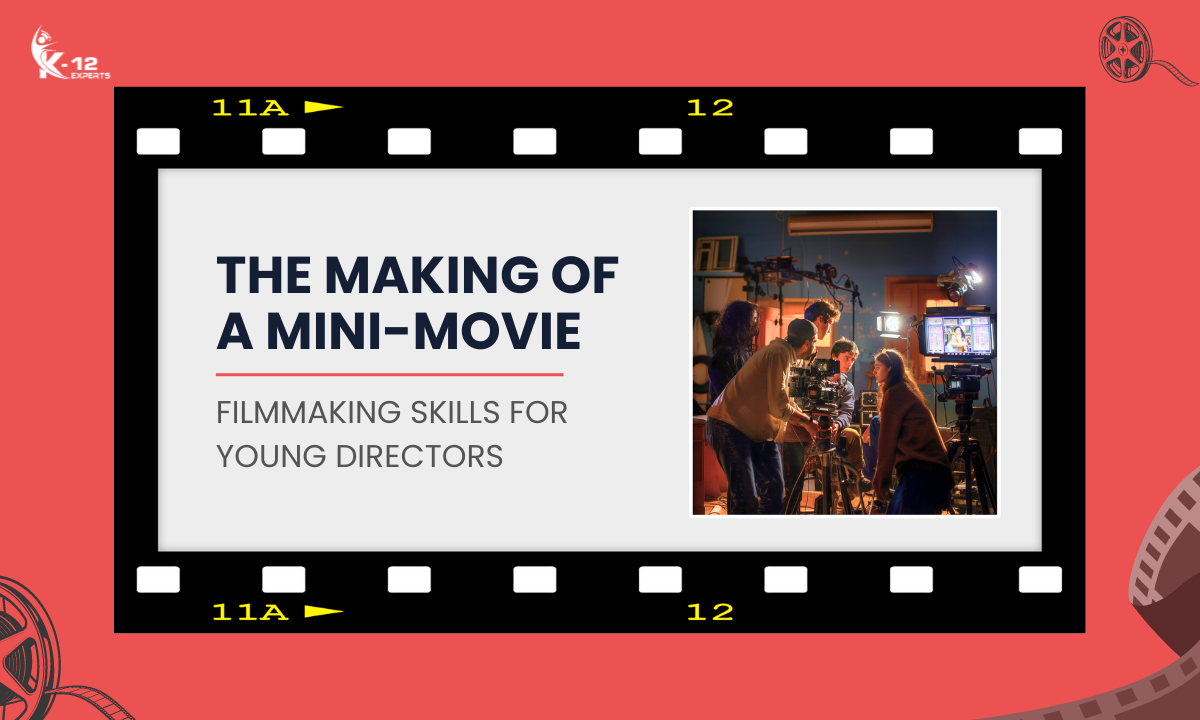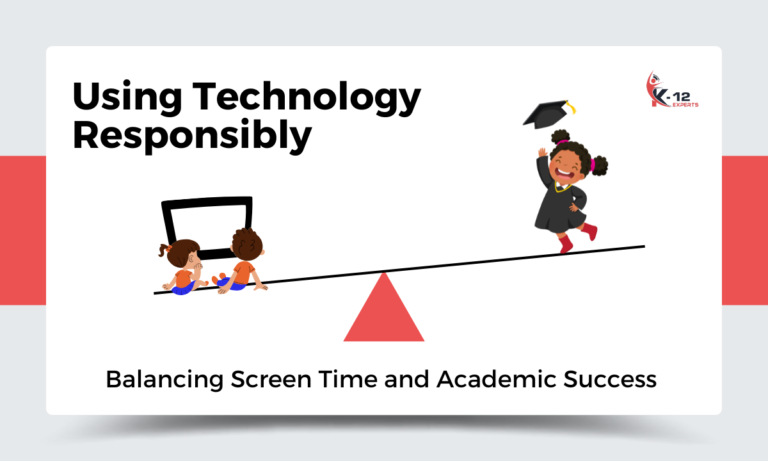Starting on the adventure of crafting your mini-film, you’ll find yourself donning many hats, perhaps all at once – but worry not, it’s part of the charm! Begin with that one captivating idea that won’t leave your mind, and remember, simplicity often works wonders. As you gather your dream team, think of it as assembling a group of creative wizards and magicians, each bringing their unique magic to the mix. When pen meets paper (or fingers meet keyboard in today’s era) for that script, keep it concise and under 15 minutes; festivals adore those bite-sized cinematic delights.
Now, filming isn’t just about pointing and shooting; it’s your playground for experimentation—angle, lighting, and composition are your tools, make sure you play! And when the cameras cease rolling, immerse yourself in editing, where your storytelling takes its final form, enriched with cuts that flow and sounds that reverberate. Remember, creating a mini-film is not just about the applause it might receive but the delight and challenges encountered in bringing your vision to life. So, fasten your seatbelt, and let’s explore further how each step of this journey reveals more secrets to becoming a mini-film maestro.
Crafting Your Story
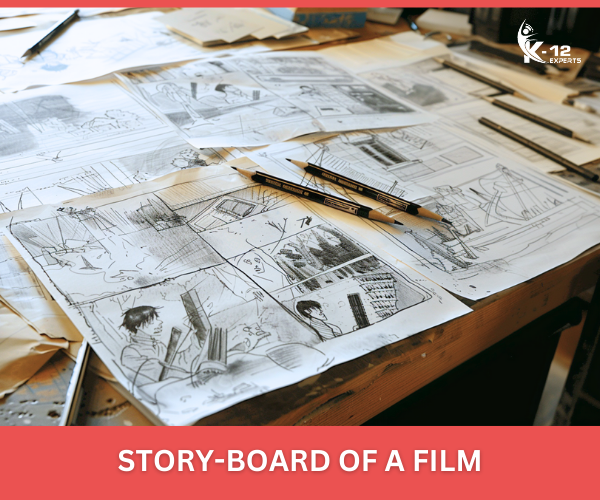
At the heart of every exceptional film lies a captivating story. It’s crucial to start with a compelling idea or image that truly drives your narrative. When creating your short film, keep in mind that simplicity can be your greatest ally.
Immerse yourself in what inspires you—whether it’s a passion or a fleeting curiosity. It’s this genuineness that will connect with your audience. Forget about elaborate camera angles for now; let your story take the lead.
Envision crafting a tale so engrossing that even the most easily distracted viewer can’t help but be entranced. This is the enchantment of story crafting in filmmaking, where your distinct vision can elevate the ordinary into the extraordinary.
Let’s commence on this journey of storytelling together, shall we?
Assembling Your Team
Gathering a group of talented individuals who share your vision is the first step in transforming your film from a concept to reality. For your short films, consider these key roles:
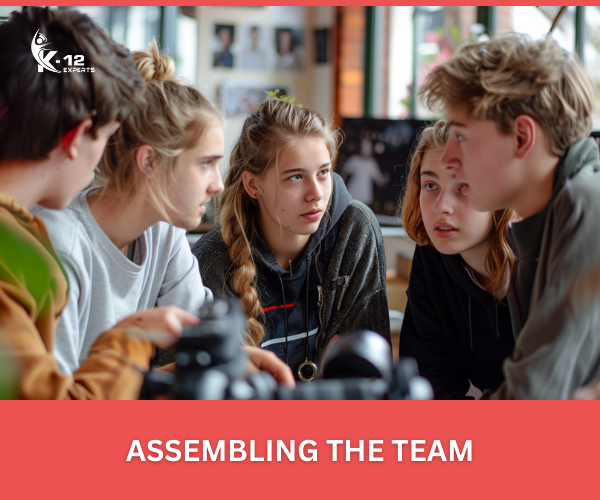
- Actors – Choose those who’ll make your audience laugh, cry, and everything in between.
- Production Design Wizards – They’ll turn an ordinary room into a cinematic wonderland, crafting the visual soul of your project.
- Costume Magicians – They guarantee your characters look the part, from pirate hats to space boots.
- Resourceful Creatives – Find folks who can do wonders with a shoestring budget, turning soda cans into intergalactic communicators.
Mastering the Script
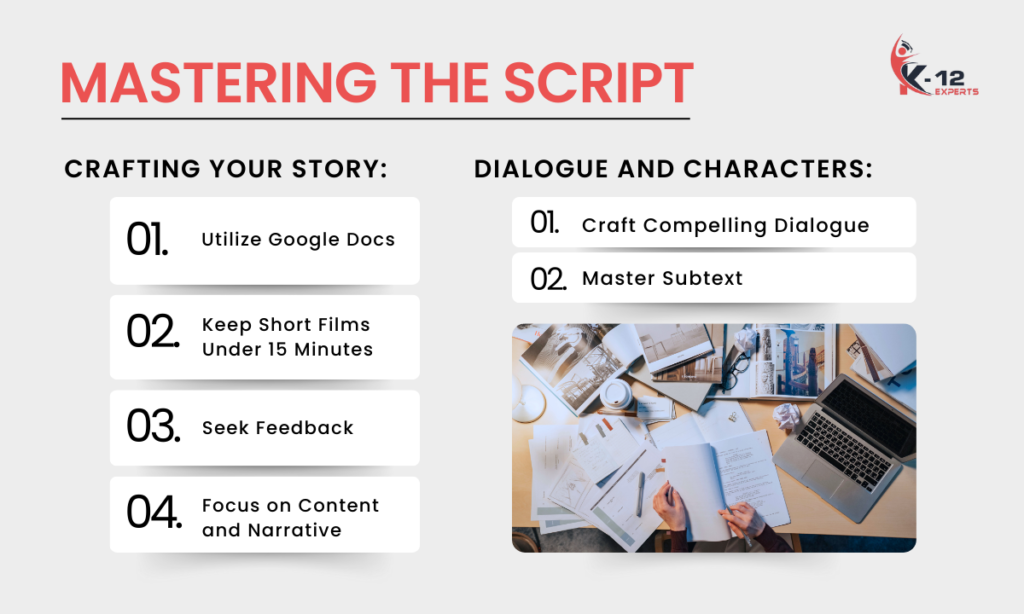
Now that you’ve got your team huddled around the creative fire, it’s time to ignite those flames with the art of scripting.
You’re about to set out on a journey where crafting your story, molding unforgettable characters, and weaving dialogue that sticks are your bricks and mortar.
Crafting Your Story
Immerse yourself in the core of your film by excelling in the script, an essential step where you’ll mold your story and bring your vision to life.
Here’s how to make your script stand out:
- Utilize Google Docs for scriptwriting to easily collaborate and tweak your masterpiece.
- Keep your short films under 15 minutes for festival submissions; it’s the golden rule for catching the eye at film festivals.
- Seek feedback on your script to polish your story until it shines.
- Focus more on the content and narrative rather than getting bogged down by formatting; it’s the story that truly captivates.
Dialogue and Characters
Crafting compelling dialogue and creating memorable characters are essential skills to master in scriptwriting, as they breathe life into your film. You’ll learn to develop dialogue that not only showcases your characters’ quirks but also reveals their deepest desires and fears, all while pushing the story forward.
Imagine your characters’ words as a dance, where every step, twist, and turn adds layers to their personality. By mastering subtext, your dialogue becomes a treasure chest, hiding secrets and truths that invite the audience to lean in closer.
Filming Techniques

Mastering various filming techniques is essential for young directors aiming to bring their cinematic visions to life. Here’s how you can impress:
- Explore Camera Angles: Delve into the world of camera angles to find the perfect shot. Think of it as selecting the right Instagram filter but for your movie.
- Play with Lighting: Utilize lighting techniques to set the mood. It’s like creating the ideal ambiance for a spooky story or a romantic dinner but on screen.
- Creative Framing: Frame your scenes imaginatively. It’s like sketching, but your brush is the camera, and the world is your canvas.
- Innovative Composition: Enhance depth in your shots with captivating composition. Envision concealing surprises in your scenes for viewers to discover.
Experiment and have fun bringing your stories to life!
Editing Essentials
As you step into the magical world of editing, you’ll soon discover how mastering cutting techniques is akin to wielding a wizard’s wand, transforming raw footage into cinematic gold.
The importance of sound design can’t be overstated either; it’s the secret sauce that breathes life into your scenes, making your audience jump, laugh, or even shed a tear at just the right moments.
Cutting Techniques Mastery
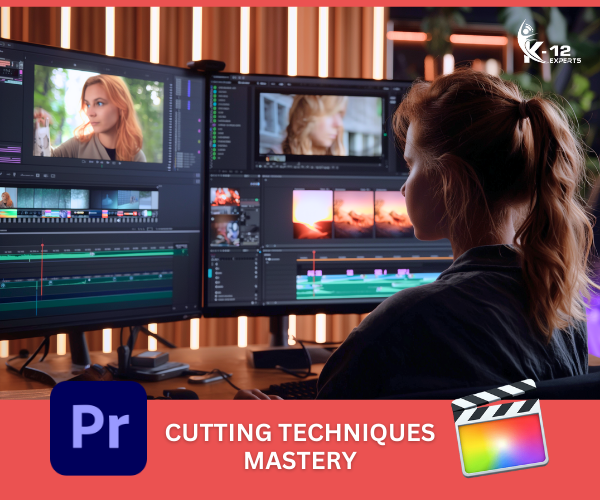
To truly captivate your audience, you’ll need to sharpen your skills in cutting techniques, an essential part of editing that shapes the narrative flow of your film. With the right expertise in editing essentials, you’re on your way to mastering visual storytelling.
- Immerse yourself in Adobe Premiere Pro or Final Cut Pro and experiment away. These tools are your best pals.
- Get comfortable with continuity editing to keep your story smooth and buttery.
- Explore jump cuts and match cuts; they’re your secret sauce for emotional punch and visual flair.
- Practice, practice, and more practice. Your unique editing style is like a fingerprint—distinctly yours and full of potential to dazzle.
Sound Design Importance

Understanding the intricate dance of sound design is key to elevating your film’s emotional depth and narrative clarity. In the bustling world of Los Angeles, where every filmmaker dreams of making their mark, even low-budget shorts can shine with the right sound mix.
It’s about finding that sweet spot where dialogue, music, and unintentional background noises blend seamlessly. You’re sculpting an auditory experience that pulls viewers deeper into your story without them even noticing. But beware: even in our high-tech era, sound-syncing gremlins love to wreak havoc in post-production.
Your mission? Tame these creatures with adept sound editing. It’s not just about making noise; it’s about crafting a soundscape that breathes life into your visual tale.
Promoting Your Mini-Movie

Once you’ve crafted your mini-movie, it’s important to master the art of promotion to connect with your target audience effectively. Let’s immerse ourselves in this enchanting world of movie marketing with a twinkle in our eyes and a trailer in our hands.
- Utilize social media platforms like Instagram, Facebook, and Twitter to cast a wide net and captivate your audience.
- Create engaging teaser trailers or clips from your mini-movie to make viewers say, ‘I’ve gotta see that!’
- Collaborate with film bloggers and influencers to generate excitement and spark conversations about your cinematic gem.
- Submit your creation to online film festivals or platforms like Vimeo or YouTube, where aspirations can turn into my first feature, a global sensation.
Let the world see your masterpiece through these innovative perspectives!
Frequently Asked Questions
How Do You Become a Young Film Director?
To become a young film director, start creating short films, immerse yourself in formal education, and attend workshops for industry networking. Build a portfolio, collaborate, seek mentorship, and draw inspiration from director legends for innovation.
What Skills Are Needed to Become a Film Director?
Want to capture your creative vision? You’ll need storytelling prowess, strong team leadership, clear communication, technical know-how, and the ability to adapt. These skills guarantee you can bring your film from concept to screen.
How Young Can a Film Director Be?
You can immerse yourself in directing at any age, breaking industry barriers like a true innovator. Child prodigies in film aren’t rare, proving creativity and vision aren’t bound by how many birthdays you’ve celebrated.
How Do You Make a Good Mini Movie?
To craft a standout mini-movie, you’ll commence with a vivid concept, like a canvas awaiting brushstrokes. Engage in storyboard creation, explore dynamic camera angles, and weave a compelling narrative for an innovative masterpiece.
Conclusion
You’ve now journeyed through the magical world of mini-movie making, from the inception of your story to the final applause. Remember, every great director started with a single frame, a spark of imagination.
So, seize your camera, rally your crew, and immerse yourself in the creative chaos. Let your film be a playground for your dreams, a canvas for your wildest ideas.
Laugh at the bloopers, marvel at your masterpiece, and always, always keep rolling. Your audience awaits!

